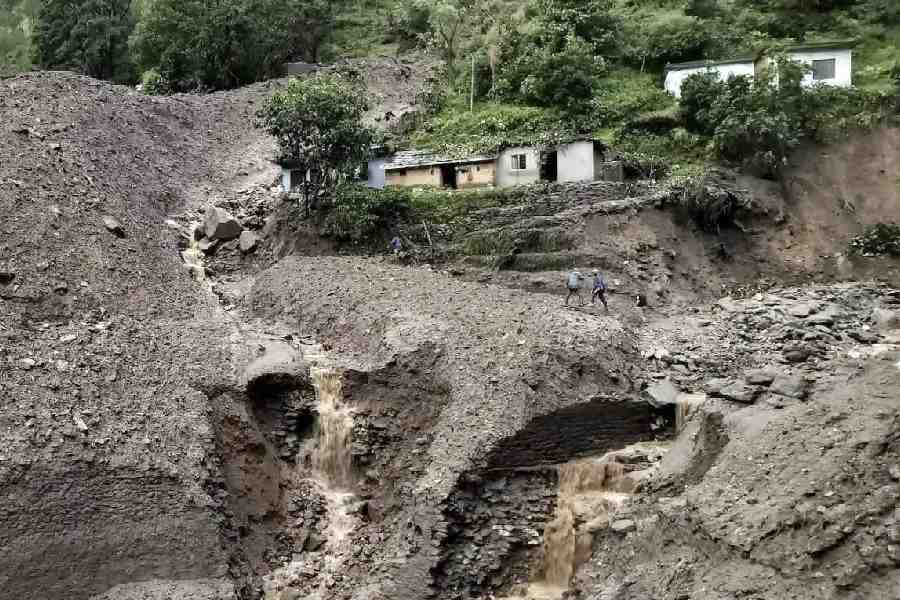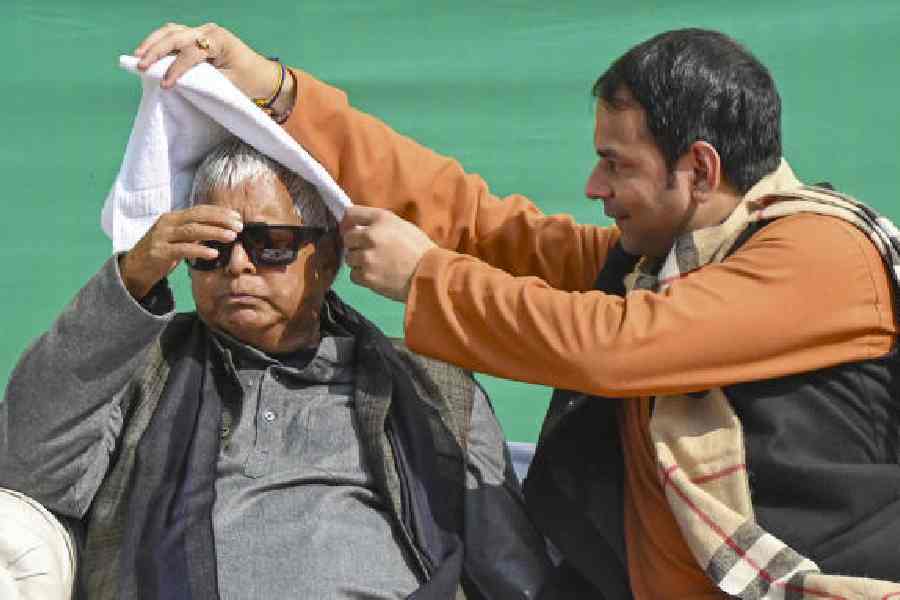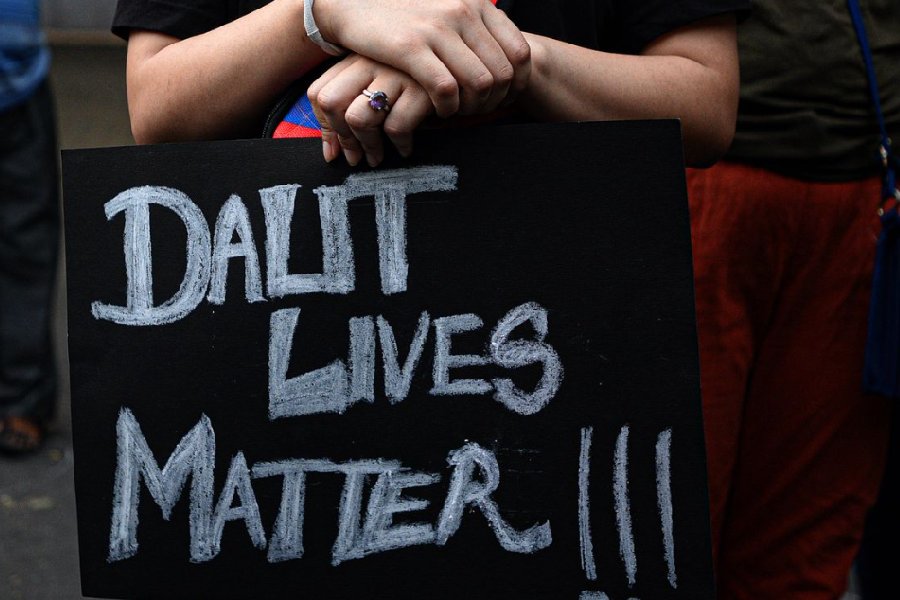Framed beauty
Of the over 300 images on display at Fragile Beauty, an exhibition at the Victoria & Albert Museum, I whittled down my favourites to about half a dozen. One is a haunting photograph of Marilyn Monroe. Another shows Frank Sinatra with a body double at Miami Beach. Two others depict John F Kennedy at a Democrats’ convention, and his younger brother, Robert F Kennedy, at the moment of his assassination. The photograph I found most cruel and gripping is The Falling Man by Richard Drew which shows a man throwing himself out of the World Trade Centre in New York on September 11, 2001.
The curators have made the selection from the over 7,000-strong collection compiled over 30 years by the singer/songwriter, Sir Elton John, and his husband, David Furnish. Elton, famous for singing “Candle in the Wind” at Princess Diana’s funeral, says: “The man is falling in a straight line. It’s the most beautifully geometric photograph you can possibly make, in the most tragic circumstances. The photograph was on the front page of several newspapers when it happened and they had to take it off.” Despite his wealth, it took him two years to persuade the photographer to let him have a copy: “He didn’t want to sell it to anyone. He wanted to make sure that our intentions as collectors were sincere. He didn’t want it to be seen as exploitation. It’s always been in a drawer because it’s very upsetting... But I always say, in tragedy, there’s sometimes the most beautiful thing.”
Precious petals
The Chelsea Flower Show, the most prestigious in the world, had a section this year on orchids from India that are apparently in need of protection. The orchid stand was being minded by Viswambharan Sarasan, a senior scientist at the Royal Botanic Gardens, Kew, who told me: “In India, orchids are found in the Himalayas, in the Western Ghats, in Kerala. There are 1,200 species of orchids in India, and 300 of them are found only in India. Orchids are found in the Andaman Islands, which is rich in diversity. We are working with our colleagues in India.” A note further informed visitors: “India is an orchid paradise. Western states like Rajasthan and Jammu & Kashmir have fewer species, while eastern states such as Arunachal Pradesh and Assam are incredibly species-rich. Orchid diversity in India correlates strongly with rainfall and mountainous regions. However, deforestation and over-collection and traditional medicine have endangered many orchid species. Conservation efforts are essential to prevent the extinction of the species.”
Right fit
The Cambridge historian, Joya Chatterji, inspires remarkable devotion among her PhD students, one of whom is Humaira Chowdury whose thesis is quite intriguing: “A Social and Economic History of Darzis (Muslim Tailors) in Calcutta, c. 1890-1967”.
Humaira tells me: “I grew up in Calcutta — Marquis Street, to be precise, quite close to New Market and Chowringhee. My family lived in a compound adjacent to Jamuna cinema, huddled together... either in pucca homes or makeshift tenements. It was a working-class compound with families living cheek-by-jowl. There were two Muslim families including ours. I did my BA in sociology from St Xavier’s College Calcutta, and MA in sociology from the University of Essex. I worked in the development and public policy sector in India for four years before doing an MPhil and PhD in history at Cambridge.”
She is turning her thesis into a book: “My research builds on Joya’s work on ‘immobility’ and Muslims who stayed on in West Bengal after Partition. My PhD was about how darzis were able to stay on in Calcutta and its environs after Partition. I explore the resources embedded in the places where tailors lived and worked that enabled them to not only survive but thrive in independent India. In particular, I look at inter-generational skills, access to informal markets, their understanding of changing fashion, a mastery of sewing machines, and their relations with patrons — from the British and Nawab Wajid Ali Shah to Dawoodi Bohra outfitting firms. Although, the second and third-generation tailors that I interviewed catered to domestic markets, some also worked for suit-makers with a foreign clientele.”
History of hunger
A new exhibition, Hunger Burns: The Bengal Famine of 1943, has opened in London’s East End, the heart of the Bangladeshi community. It has been curated by Sona Datta who said that British broadcasters don’t want to touch the famine “because of the perceived threat to the Churchill myths in this country. But it is part of our war history... Famine was the result of catastrophic colonial mismanagement. It is particularly poignant today because another famine is unfolding in the Middle East — and there is a rather heavy Israeli elephant in the room.” She said it was “incredible” that the journalist, Kavita Puri, had managed to get her programme, Three Million, commissioned by BBC Radio 4. Incidentally, Kavita will be visiting Calcutta in June “to meet survivors”.










